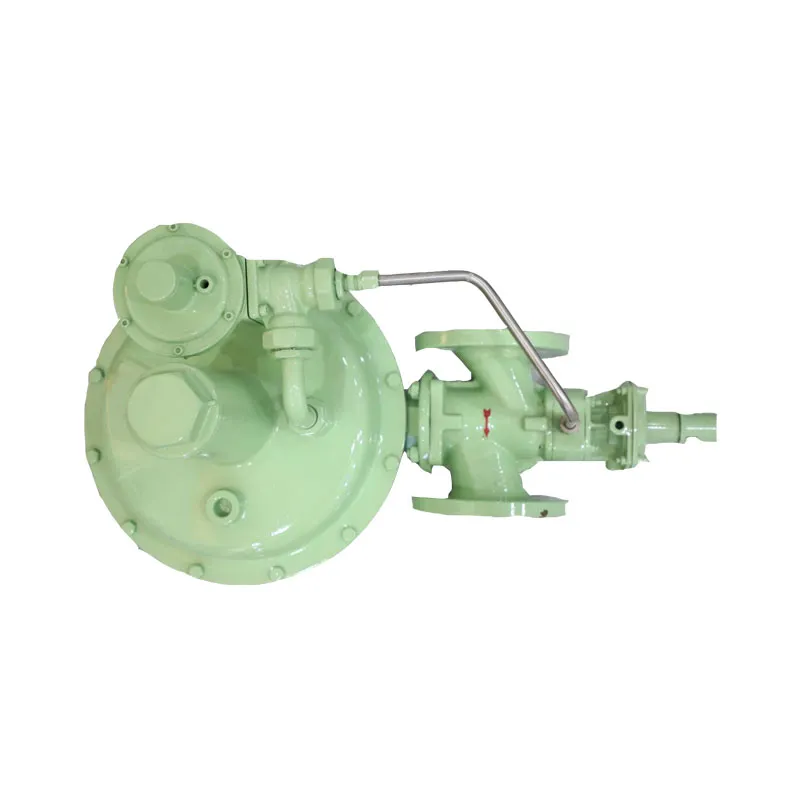
Dec . 15, 2024 19:53
Back to list
gas pressure reducing station
Understanding Gas Pressure Reducing Stations Key Components and Importance
Gas pressure reducing stations play a crucial role in the distribution of natural gas in various applications, ensuring that it is delivered safely and effectively to consumers. These stations are essential components of the gas supply chain, especially when transitioning gas from high-pressure main transmission lines to lower-pressure distribution systems suited for residential or commercial usage.
The Necessity of Gas Pressure Reduction
Natural gas is transported at high pressures to facilitate efficient and rapid movement across long distances. However, once it reaches metropolitan areas or end-user locations, this high pressure must be regulated to prevent damage to pipelines, appliances, and, most importantly, to ensure the safety of consumers. It is here that gas pressure reducing stations come into play, serving as vital infrastructure for managing gas pressure levels during distribution.
Key Components of a Gas Pressure Reducing Station
Gas pressure reducing stations are composed of several critical components designed to manage and control gas pressure. Among these components are
1. Pressure Regulators The heart of a pressure reducing station, these devices automatically adjust the pressure of the incoming gas to a desired lower level. They are available in various types, including direct-acting and pilot-operated regulators, and are crucial for maintaining consistent output pressure despite variations in input pressure or flow rates.
2. Filtration Systems Before the gas passes through the regulators, it is essential to filter out impurities and particulates. These filters help ensure that the gas remains clean and free from contaminants that could damage equipment or disrupt household appliances.
3. Safety Devices Safety is paramount in gas operations. Pressure reducing stations are outfitted with safety devices such as relief valves and pressure switches. Relief valves prevent overpressure conditions by allowing excess gas to escape safely. Pressure switches trigger alarms and shut down the system if the pressure exceeds safe operating limits, protecting both the infrastructure and consumers.
gas pressure reducing station

4. Flow Meters To monitor the amount of gas being distributed, flow meters are used. These devices provide crucial data on the flow rate and total volume of gas, allowing operators to manage supply efficiently and ensure that demand is met without overloading systems.
5. Control Systems Modern pressure reducing stations often incorporate sophisticated automated control systems. These systems enable remote monitoring and operation, allowing for quick adjustments to pressure settings and enhancing overall system efficiency and response times.
The Importance of Maintenance
The efficiency and safety of gas pressure reducing stations depend heavily on routine maintenance. Regular inspections and servicing of regulators, filters, and safety devices help identify potential issues before they escalate into significant problems. Additionally, compliance with regulatory standards ensures that these stations meet safety requirements, protecting both the infrastructure and public health.
Environmental Considerations
In today’s world, environmental consciousness is increasingly important. Gas pressure reducing stations must also be mindful of their carbon footprint and overall impact on the environment. This includes ensuring leak detection systems are in place and exploring technology improvements that enhance energy efficiency, such as employing renewable energy sources to power the stations.
Conclusion
Gas pressure reducing stations are fundamental to the safe and efficient distribution of natural gas. With their critical components and reliance on precise engineering, they ensure that gas is delivered at safe, usable pressures to homes and businesses. The ongoing maintenance and technological advancements in these systems are vital not only for safety and efficiency but also for environmental stewardship. As demand for natural gas continues to grow, the importance of effective pressure management will only increase, reinforcing the need for robust infrastructure reminiscent of a well-oiled machine working tirelessly behind the scenes, ensuring that this invaluable energy resource is utilized responsibly and efficiently.
Latest news
-
Safety Valve Spring-Loaded Design Overpressure ProtectionNewsJul.25,2025
-
Precision Voltage Regulator AC5 Accuracy Grade PerformanceNewsJul.25,2025
-
Natural Gas Pressure Regulating Skid Industrial Pipeline ApplicationsNewsJul.25,2025
-
Natural Gas Filter Stainless Steel Mesh Element DesignNewsJul.25,2025
-
Gas Pressure Regulator Valve Direct-Acting Spring-Loaded DesignNewsJul.25,2025
-
Decompression Equipment Multi-Stage Heat Exchange System DesignNewsJul.25,2025

